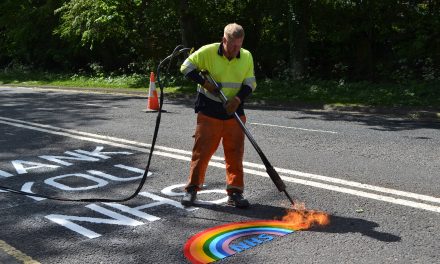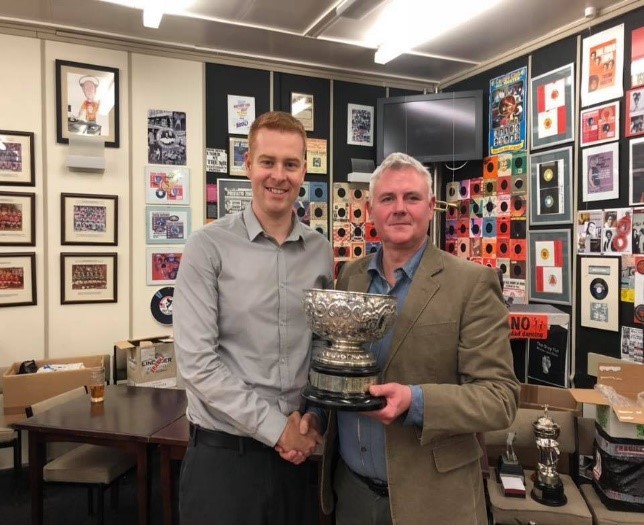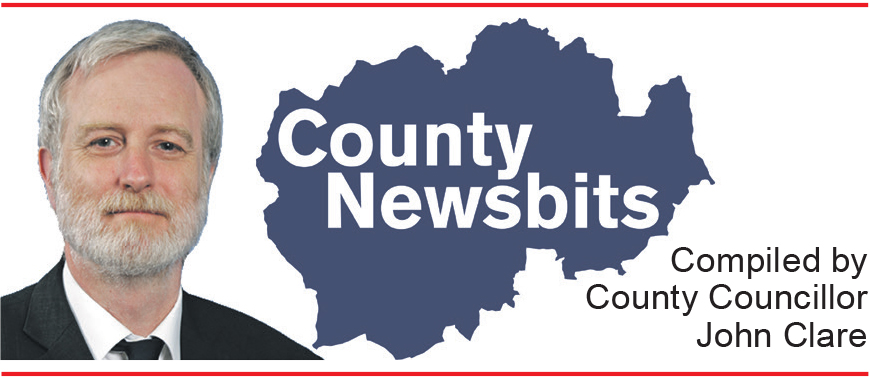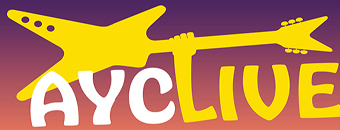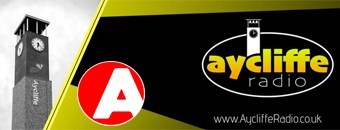More than ten and a half thousand people across County Durham took the chance to vote on which local groups should get funds in their area and thousands also gave Durham County Council their views on where a further £100m in budget cuts could be made.
The public turned out at events staged by all 14 Area Action Partnerships through the autumn from Consett to south Durham and the east coast to Barnard Castle. The community sessions, offered cash pots to local not-for-profit groups – with the public vote deciding the winners. Residents attending were also invited to take part in an exercise in which they were asked to decide which council services they would protect and which they would reduce spending on.
The results will now be presented to the council’s Cabinet at a meeting on January 22.
The region’s largest local authority faces overall spending cuts of £222m (2011-2017) in the face of significant reductions in Government grants. With more than £100m already accounted for, members of the public were asked to say where they would make these required savings. As a result a widespread consultation, which ended last month, saw more than 4,000 residents take part. Additional responses were taken from workshops with children and young people as well as other groups.
Consultation 2013 – in numbers:
• 10,693 people attend 14 AAP events
• More than 3,300 (about 1 in 3) also give views on budget cuts
• 1,300 people participate in focus groups on budget cuts
• 270 board activity based budget exercises completed
• 97 per cent of those taking part in the exercise said it was a good way to involve the public
• 517 people offer budget views online
• Further responses via workshops including children and young people and people with disabilities
Leader of the council, Cllr Simon Henig, said: “We have long been believers in the value of community led budget and spending decision-making. Having trialled what is called a ‘participatory budget’ approach previously in our AAPs, we felt it provided an ideal opportunity to speak to the public about the very difficult financial position we have been put in.
“The response from residents has been extremely valuable as we seek the additional £100m in budget cuts we have to make. We will take these views on board, as we did previously in 2010, when we also asked the public which services they valued most and least.
“It was particularly interesting to see how very difficult many people taking part in the exercise found it to cut £100m from a budget. There was a great deal of discussion, debate, thought and of course some compromise.”
The consultation revealed that there was a high degree of consensus amongst those taking part on the areas which should take the highest reductions. These were:
• Finance, legal services, Information Technology and Human Resources
• Performance management, policy and communications
• Democratic support – decisions and elections
• Subsidised bus travel
Four other services were also very close to having a majority decision to cut budgets by above the average. They were:
• Grass cutting, trees and flower beds
• Maintenance of public buildings
• Planning services
• Borrowing for new development
Cllr Henig continues: “While many people were clear on which areas they would target for bigger cuts, it was far more difficult to get a public consensus on which services they wanted to see receive the greatest protection. Looking after vulnerable people was seen as a priority but given the scale of budget cuts almost all groups really struggled to find the £100m necessary. Many found they had to change their initial priorities to make the savings.
“I would like to thank all those people who took part in this extensive consultation and to say that their feedback will form an integral part of the decision-making process. I would also say that, as we have done, we will continue to seek residents’ views on the tough decisions ahead, to ensure we fully understand how the changes we have no choice but to make, will impact on our communities.”
Those taking part in the board activity however did prioritise seven areas for lower spending reductions. Those were:
• Job creation
• Social work/protecting vulnerable children and adults
• Support for adults in their homes • Support for schools/education services • Community projects/centres/partnerships/groups
• Gritting/snow clearance
• Children’s centres/support for families
The consultation also sought peoples’ views on the setting of council tax. While feedback showed there was little support for an increase of above two per cent, approximately two-thirds of the people taking part in the board game exercise felt an increase of up to two per cent would be acceptable.
The findings and results will be used to inform the council’s continuing budget planning for this year and the future.


